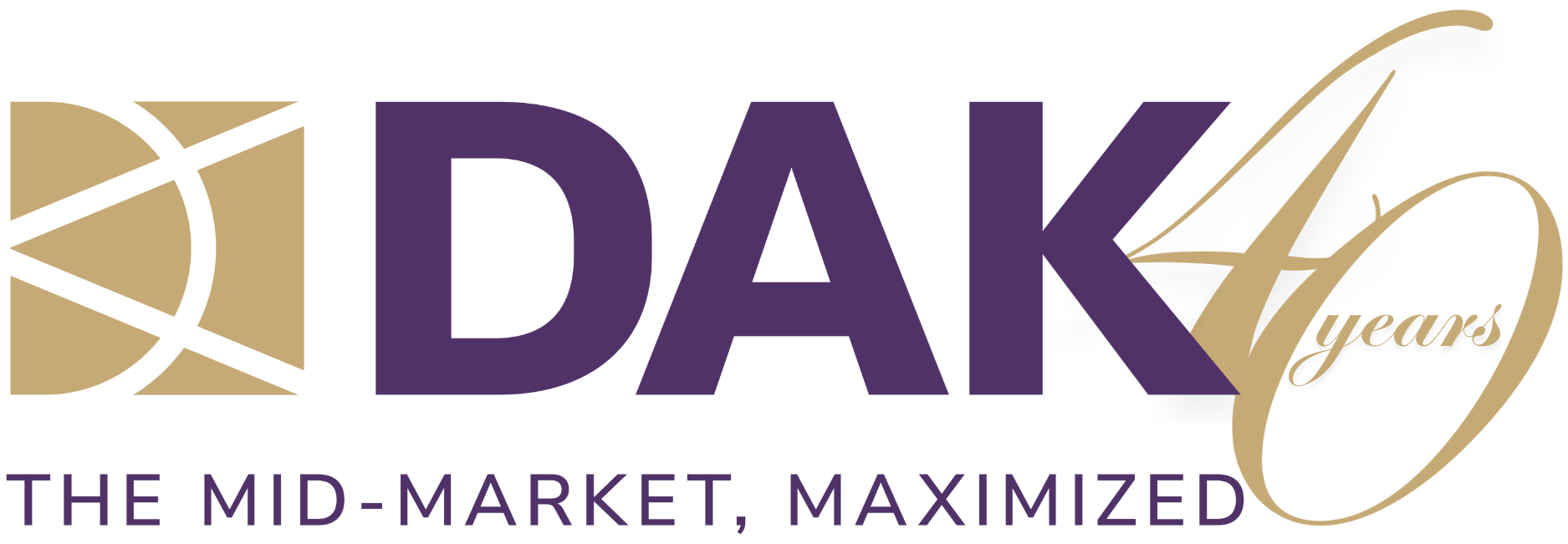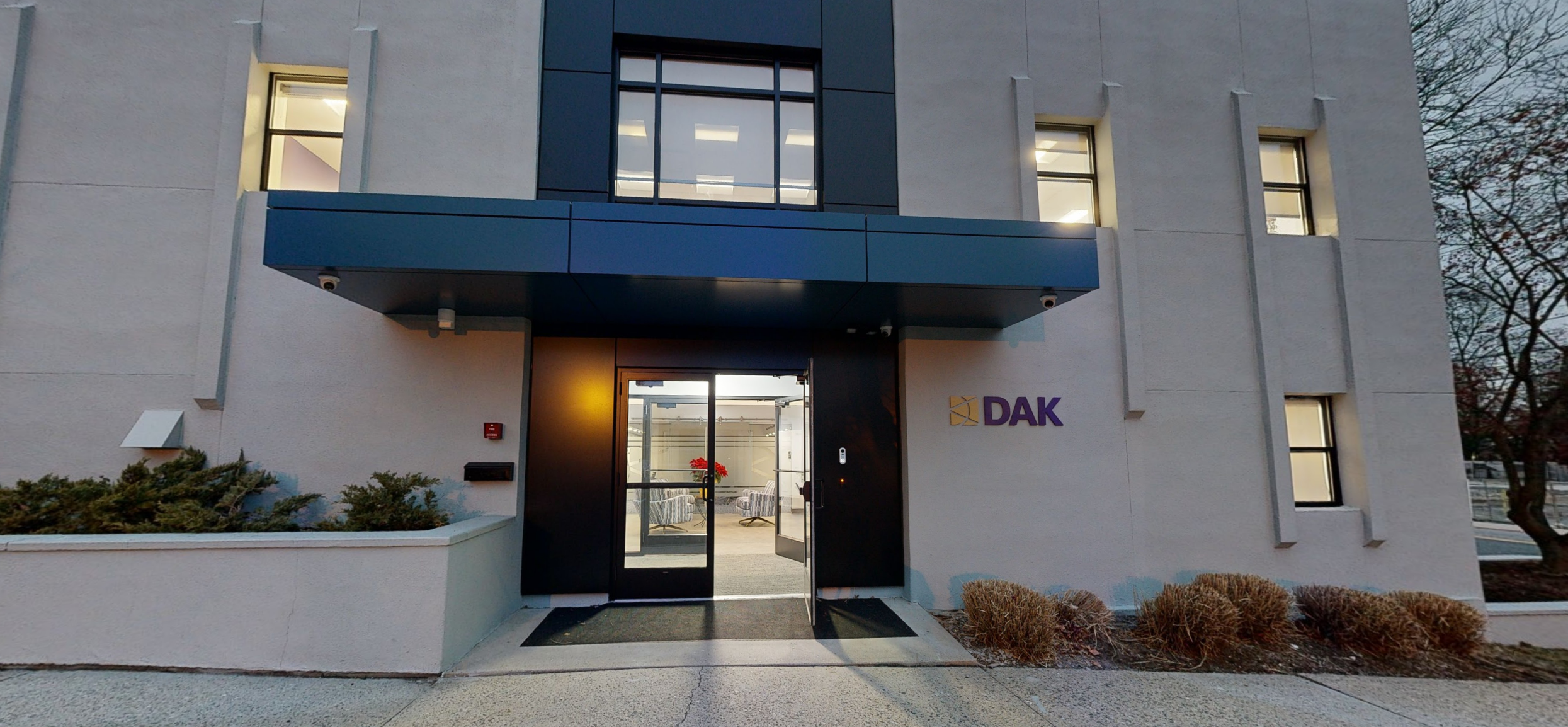Distribution companies are garnering record-high valuations along with managing increased consumer demand and critical capacity constraints.
The merger and acquisition market for distribution companies has heated up significantly since the pandemic. With a current surge in strategic buyers, private equity firms and global acquirers, it certainly can be considered a sellers’ market.
Many factors have contributed to this upsurge of interest. The distribution marketplace has been highly fragmented for years and the pandemic emphasized the chasm even more. The importance, as well as the vulnerabilities, of distribution companies became evident as a result of the disruption of COVID-19. For many firms, the pandemic was an opportunity to build value. Those companies that possessed a good technology base fared much better than those that did not, as tech-savvy distributors were able to deliver solutions to their customers. Companies with technology such as solid e-commerce platforms, strong ERP systems and efficient implementation of the digital channel became more valuable than those lagging in technology.
On the flip side, other distributors can still provide an industry foundation for buyers looking to expand or enter the space. Either way, these businesses are an attractive acquisition opportunity for anxious buyers. To that end, distribution companies are garnering record-high valuations along with managing increased consumer demand and critical capacity constraints.
Three M&A drivers
Among the drivers of the increased buyer interest in the distribution industry are:
- Strategic Buyers– Distribution companies are seeking to expand and often finding it very difficult to grow organically. By making acquisitions, these strategic buyers can grow in different ways: geographically, product/service offerings and talent, impacting the bottom line by leveraging cost synergies, economies of scale and cross-selling opportunities.
- Private Equity– PE firms have raised trillions of dollars and are exploring key industries in which to invest. The positive outlook for the distribution industry is driving competitive interest among these firms looking to either gain access or expand their footprint.
- Non-U.S. Buyers– Perspective buyers from outside the United States (both strategic and private equity) are hoping to invest in the U.S. distribution industry and capitalize on the domestic recovery from the pandemic, which has been faster than other countries, particularly in Europe. Steeped in a growth mode, these prospective buyers are willing to pay high prices for the businesses they are bidding on.
With so much interest in the distribution space, the competition is driving valuations to uniquely high levels, often tempting business owners who may have not planned on selling to now consider it. Today, there are more varied options for business owners to “take money off the table” than ever before. Many owners are not ready to walk away from their company, yet don’t want to lose out on current high valuations.
For some, there is an opportunity to sell to a private equity firm or family office that will purchase a portion of the company, pay the owner a significant price and invite them to stay on board and participate in the growth of the company, allowing a “second bite of the apple” when the remainder of the business is sold at some point. This is an ideal situation for owners who want to reduce the amount of personal wealth they have tied up in the business, while also reducing personal risk and still being able to run and grow the business they have built.
Other owners that want to sell completely and move on to the next chapter of their lives are doing so at aggressive valuations.
In order to achieve the best results from a transaction, owners need to prepare their company prior to sale. This requires looking at their distribution business the way a prospective buyer would. They need to be critical and realistic – identifying and fixing any problem areas while understanding where a buyer will find value. Due to the current high demand for companies, low cost of capital and willingness to pay a premium price, coupled with a variety of buyer types looking to tap into this industry, now may be the time to start putting things in motion.
CLICK FOR MORE INFORMATION
AUTHORS
Alan Scharfstein
Steve Raymond






